
- Small Oil Pressing Machine - Leader Machinery
- Industrial automatic continuous fryer Soybean Oil Plant
Home> Company News> The production process of the toilet and its design
- Address3rd Road, High-tech Zone, Jinan City, Shandong Province
- Factory Address3rd Road, High-tech Zone, Jinan City, Shandong Province
- Worktime9:00--18:00
- Phone(Working Time)086-0531-885125
- Phone(Nonworking Time)086-0531-881256
- Fax086-0531-885125
The production process of the toilet and its design
2019-01-28 11:48:29Whether it is a bag or a cup, the process before the gelatinization is the same in the production process.
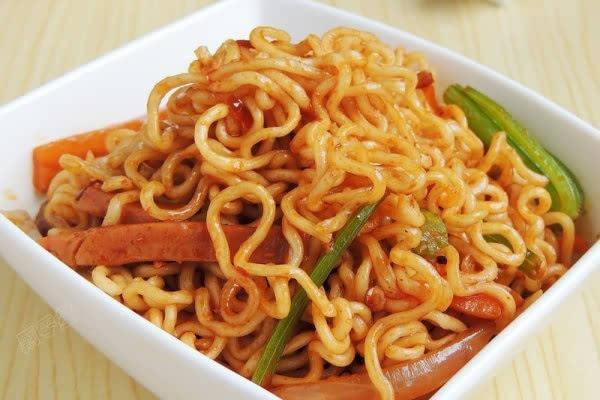
After the bagged instant noodles are pasted, they are subjected to processes such as cutting, frying or drying, dehydration, cooling, seasoning bag packaging, baling and warehousing; after the cup noodles are pasted, the seasoning liquid is added and cut, Deep-fried, oil-filtered, cooled, seasoned bags, and processed through cupping, conveying, heat sealing, rowing, bagging, shrinking, baling, and warehousing.
In these two methods, the oil-fried food tastes good, but the oil is easy to be oxidized and deteriorated. Although the drying method is more economical, the taste and quality are worse. In the 1990s, Japan, Australia and other countries adopted the Freezing and Drying Drying Method to produce instant noodles with good results. Instant noodle processing line
In this method, the prepared noodles are frozen and then heated under vacuum conditions to make the ice vaporize and dry. This method does not damage the nutrients. As long as the water is added, it can be quickly recovered (recovering time is 5 % of the drying method), the original organization state can be maintained, and the oil fat deterioration problem does not occur.
Portable surface production processing equipment
In the production of disposables, there are mainly: mixers, feeders, combiners, continuous presses, tunnel pasteers, continuous fryers, dryers and some conveying equipment.
( l) and the machine. There are two types of uniaxial and double-axis machines, which are characterized by large capacity and slow speed. Therefore, the surface can be fully mixed to ensure the formation of the dough, which is advantageous for the polymerization of the gelatinous protein, enhances the toughness, and has low power consumption.
(2) Compound machine. The compound consists of 3 pairs of rolls with 2 pairs on top and 1 pair on the bottom. The fabric is first rolled into a dough by the upper two pairs of rolls, and then the two skins are rolled into one by the lower one pair of rolls to make the leather surface tightly joined.
(3) Continuous rolling machine. A group is generally composed of 5 sets, and each press machine has 1 pair of rolls. After the dough is rolled, the last longitudinal cut is 3 pieces, and then cut into strips by a cutter.
(4) Tunnel type gelatinizer. The machine is generally 10~12m long, with a low mouth and a high output end, forming a certain slope. In this way, the utilization rate of steam is higher. The steam is sprayed first to the bottom tank at a temperature of 60 ° C to 70 ° C and then free to rise. When the noodles are sent to the outlet end, the water is gradually absorbed to complete the gelatinization, and the temperature at the outlet end is 98 °C.
(5) Continuous oil fryer. The conveyor belt holds a box made of stainless steel. When the oil is fried, the surface is placed in a box to prevent the surface from being broken. The box is capped to prevent the face from escaping from the inside of the case. The cover is attached to another conveyor chain that runs synchronously with the box's output chain. When the face is inside the box, the cover is closed.
After the frying, the lid is automatically removed and the surface is poured out of the box. The time for the noodle to pass through the oil pan is about 70 seconds. The oil frying temperature is 1 40 °C at the mouth and 155 °C at the exit. The fuel in the oil pan is heavy oil, which can be automatically adjusted. The top of the oil pan is equipped with an exhaust pipe and can collect fine oil droplets.
(6) Dryer. The dryer uses steam to heat and dewater the noodles. The inner structure is generally composed of several layers of mesh conveyor belts placed on the conveyor belt or placed in hundreds of metal perforated boxes, which are moved back and forth in the hot air duct for drying. There are several steam radiators at the top of the dryer, and each radiator is equipped with a fan to supply air.
The hot air temperature heated by the heat sink is from 70 ° to 80 ° C, and is blown vertically to the conveyor belt for drying. The conveyor belt runs at a speed of 0.0 5 m/s and the noodle strip is about 3 Omin in the dryer, achieving a standard water content of around 12%. The moisture inside the machine is naturally discharged from both ends, which reduces the relative temperature inside the machine and facilitates quick drying.
3 Conclusion There are still some notable problems in the production of instant noodles: First, we must strengthen the formulation of ingredients to increase the taste and variety; Second, use soft water during production, p H value is 7.5 ~ 8.5, iron and manganese content is controlled below lp pm The third is to use the additives to master the principles of health and environmental protection.
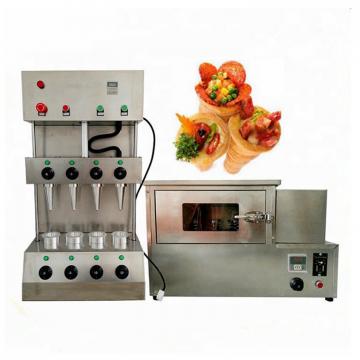 Manufacturing plant automatic factory puffed sticky rice cracker production line
Manufacturing plant automatic factory puffed sticky rice cracker production line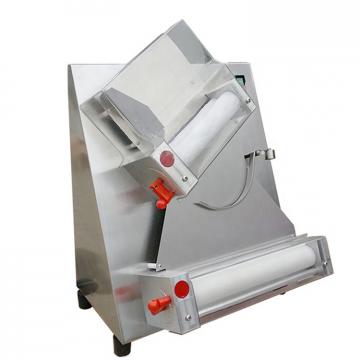 JiaHao machinery PVC Edge Band Sheet Production Line High intensity different color to choose producing PVC edge banging
JiaHao machinery PVC Edge Band Sheet Production Line High intensity different color to choose producing PVC edge banging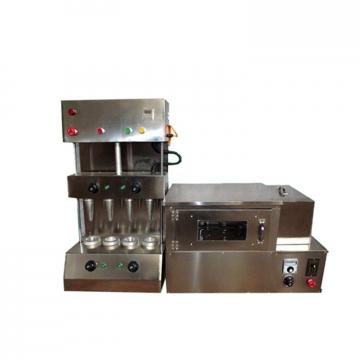 Wholesale products plastic extrusion machine for WPC flooring extrusion line
Wholesale products plastic extrusion machine for WPC flooring extrusion line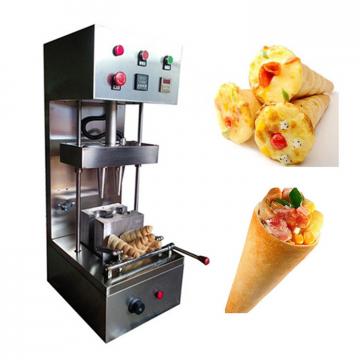 Best Price Pizza Cone Machine / Pizza Making Machine Production Line
Best Price Pizza Cone Machine / Pizza Making Machine Production Line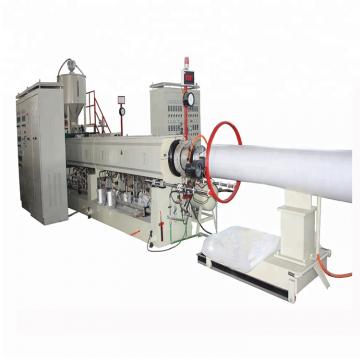 Factory Supply Dough Divider Cutting Dough Ball Pizza Dough Ball Machine/Bread Production Line
Factory Supply Dough Divider Cutting Dough Ball Pizza Dough Ball Machine/Bread Production Line